|
Have you ever been standing on the shore and notice that, after a wave retreats from your feet, a bunch of small clams wiggle their way into the sand? These clams, called coquina clams, have fascinated students and campers at the field station. They are very small, only about 10 to 25 cm, and can be purple, pink, orange, blue or gray. They are bivalve mollusks which means they have two hinged shells that cover their soft invertebrate body. Coquina clams move up and down the shore by burying themselves in the sand after each wave moves them. This ability to burry themselves is thanks to their foot. This area where they reside is called the swash zone. They move so frequently so they can get the best feeding opportunities. They are filter feeders that use two siphons which look like tubes to filter seawater. One extracts oxygen and collects algae, detritus and phytoplankton. The other gets rid of the waste that is in the water. Fish, crabs and shorebirds feed on coquina clams, and some people even make soup out of them. Coquina clams are an indicator species because they are sensitive to environmental changes. They allow researchers to know whether or not the environment is healthy or not. They can live up to two years in the wild, but without moving water for them to filter, they can only survive three days. The next time you are at the beach, check around your feet to see if any coquina clams are making their way back into the sand when a wave passes!
3 Comments
Gretchen Knapp from the National Park Service stopped by the field station on Wednesday evening to speak to college students and CBFS staff about her job and the different jobs offered at the National Park Service.
Gretchen began by giving some background about herself. She was an instructor at CBFS for two years. This began her career with the park service where she has been for 25 years. “That’s what gave me real life experience to do what I’m doing,” Gretchen said. She started off as an interpreter by doing programs with the public and helping them engage with the environment around them. Now, she has moved up to be a supervisor. Not only has this position allowed her to use her background in marine biology, but she has also gained skills in many other areas including graphic design and website management. “Park services is evolving as well to meet the needs of our visitors. We’re really trying to preserve cultural and natural history [and] the heritage of America for everybody,” Gretchen said. During her presentation, she had everyone get into groups and assigned them a position with park services. Each group had to pick out a group of objects that represent the job from a table at the front of the room. Examples of jobs include law enforcement, maintenance, lifeguards and administration. Gretchen explained what responsibilities came with each job. She encouraged audience members to look into a job with park services and offered tips about resumes and the application process. “If you’re easily bored, this is the kind of career you might think about,” Knapp said. “There are a lot of other skills you can build once you get into the park services.” The Chincoteague Bay Field Station hosts grandparents and their grandchildren every summer in a partnership with Road Scholar through a program called “Share a Marine Science Adventure With Your Grandchild.” It is a week-long, intergenerational program that allows families to spend time together while exploring the eastern shore environment. The activities include a wide variety such as a relaxing cookout on the beach to a swim through the salty marsh water and mud. A participant from this week, Mary Beth, said her favorite part of the week so far was the marsh. “The mud was so silly and so different from other intergen programs,” she said. Mary Beth is from Seattle, where she is used to mountains and temperatures in the 60s, so coming to the Atlantic coast was a big change from what she is used to. Other intergenerational programs she has participated in have been in Yellowstone National Park and Chicago. On Wednesday morning, the group headed out on the Mollusk, one of CBFS’s research vessels, to do tests and examine the water in Mosquito Creek. The group tested the water for salinity, temperature, dissolved oxygen, current direction and visibility. To get a sample of water, they used a Van Dorn sampler to get water from depths of the surface, one, two and three meters. They then tested the water sample for its temperature and they used a refractometer to measure the salinity of water. After testing the current and using a secchi disk to measure the visibility of the water, the group started preparing to trawl. The trawl was a success! The group caught many blue crabs, a couple of squids, lots of algae, and a couple of fish including a striped burrfish. Another participant, Hazel, said her favorite part of the week so far has been the boat trip. The best part of the boat trip for her was catching animals in the trawl net, and her favorite animal that was caught that day was the comb jelly. Shayla, an educator at the field station, led the boat trip. Her favorite part of working with adult and family programs is the endless learning. “They love and love to actually learn. They sign up for it and it’s not forced,” she said.
|
About
Everything you need to know about CBFS's educational programs, visiting Chincoteague Island, and more! Categories
All
Archives
January 2019
|
CHINCOTEAGUE BAY FIELD STATION | 34001 Mill Dam Road | Wallops Island, VA 23337 | (757) 824-5636 | [email protected]
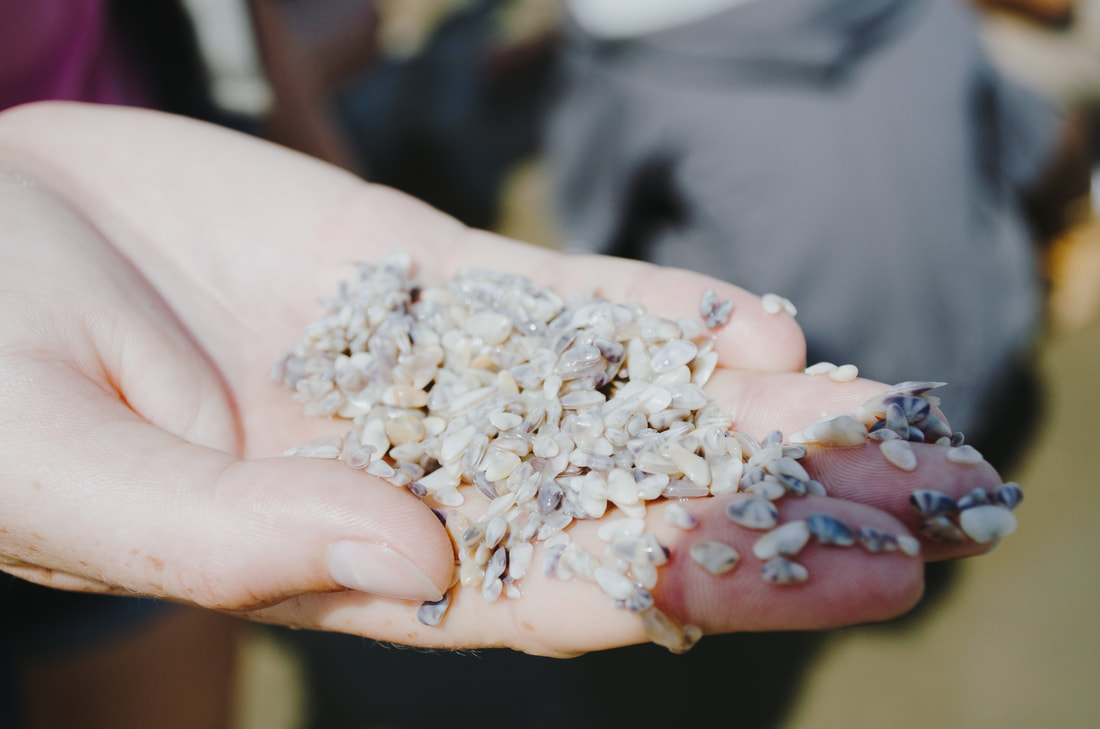
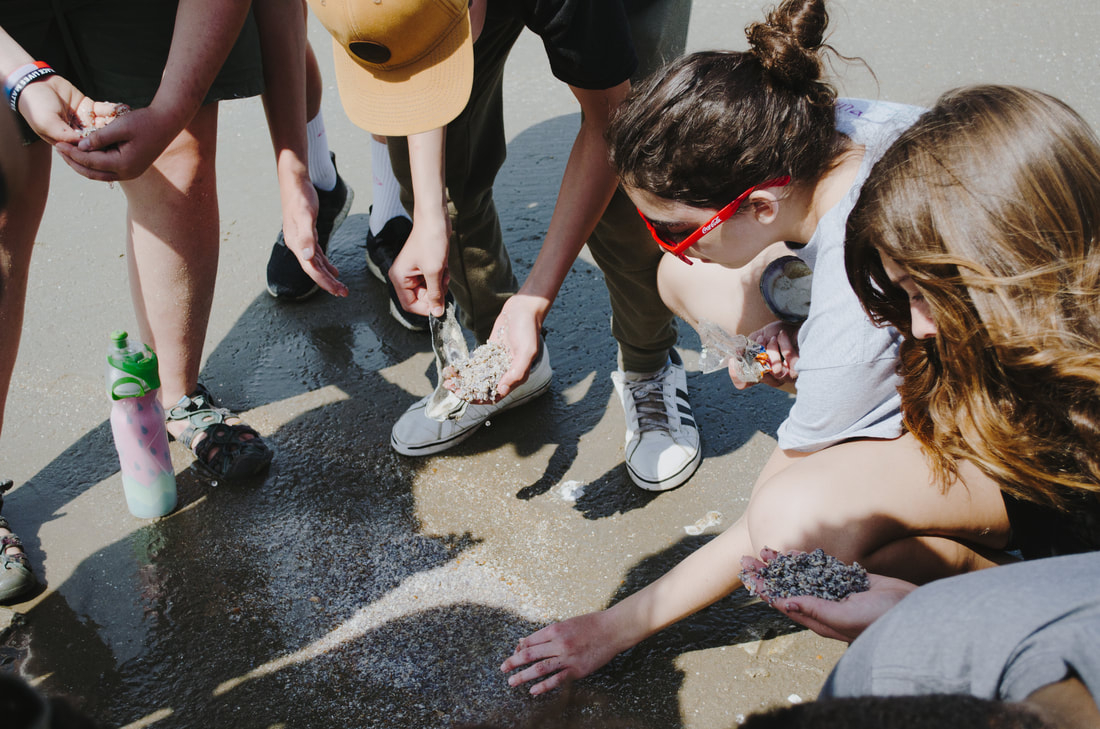
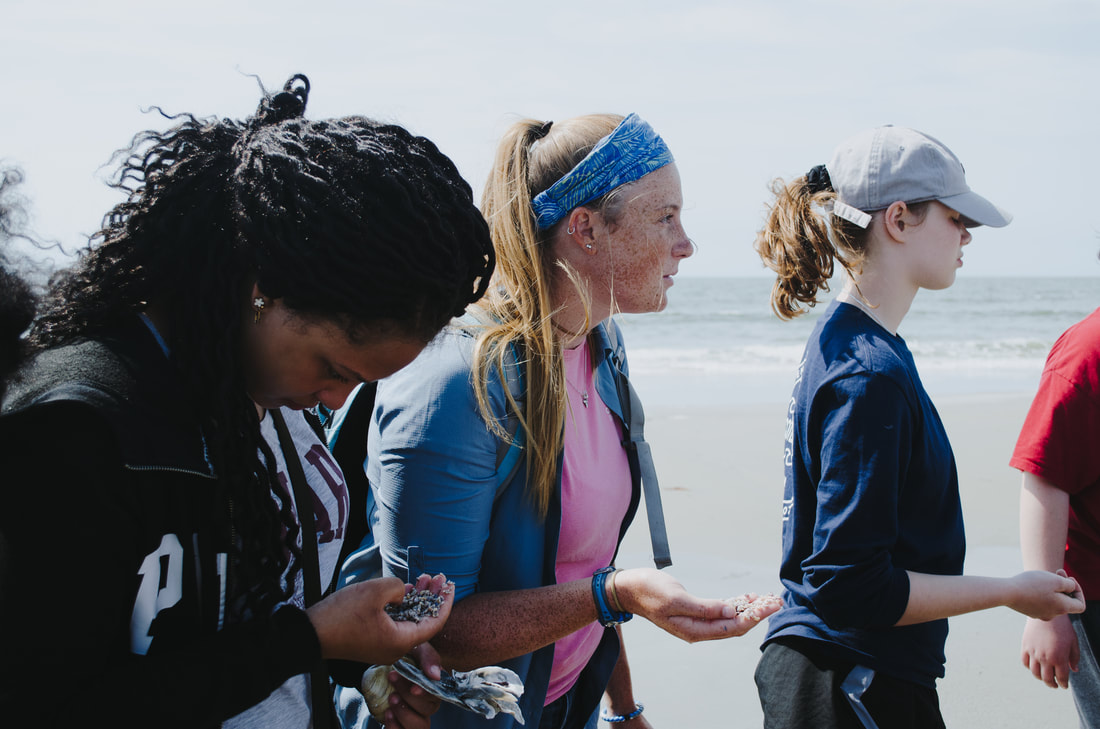
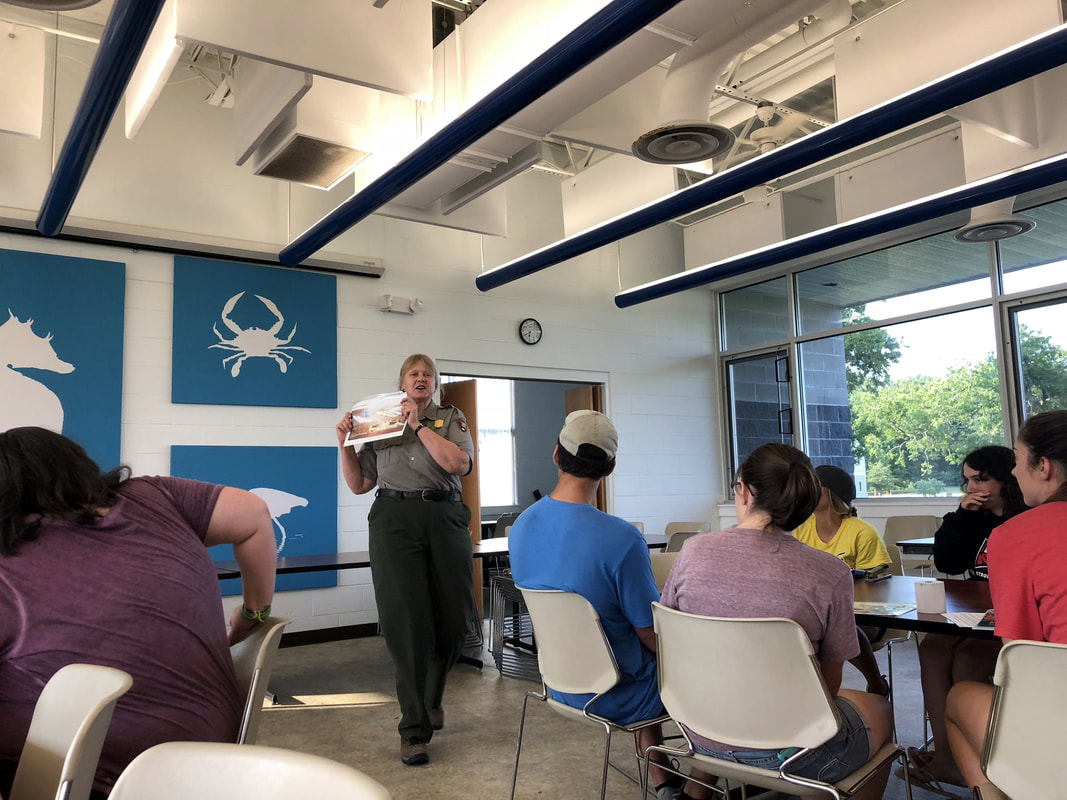
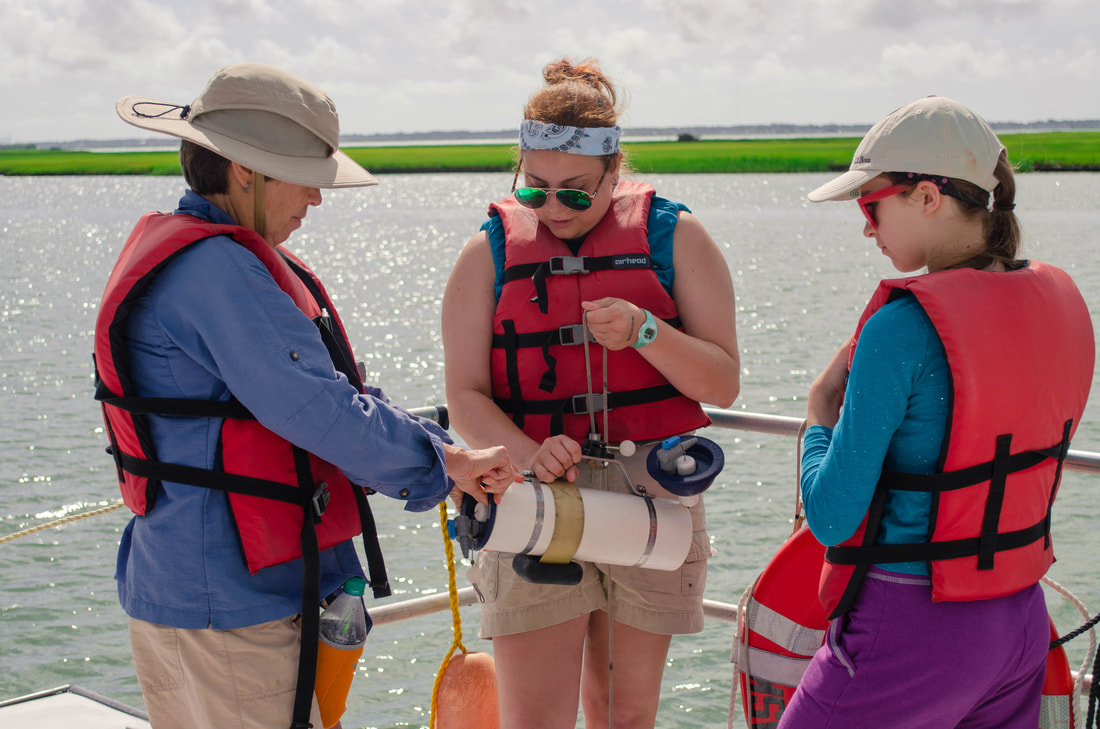
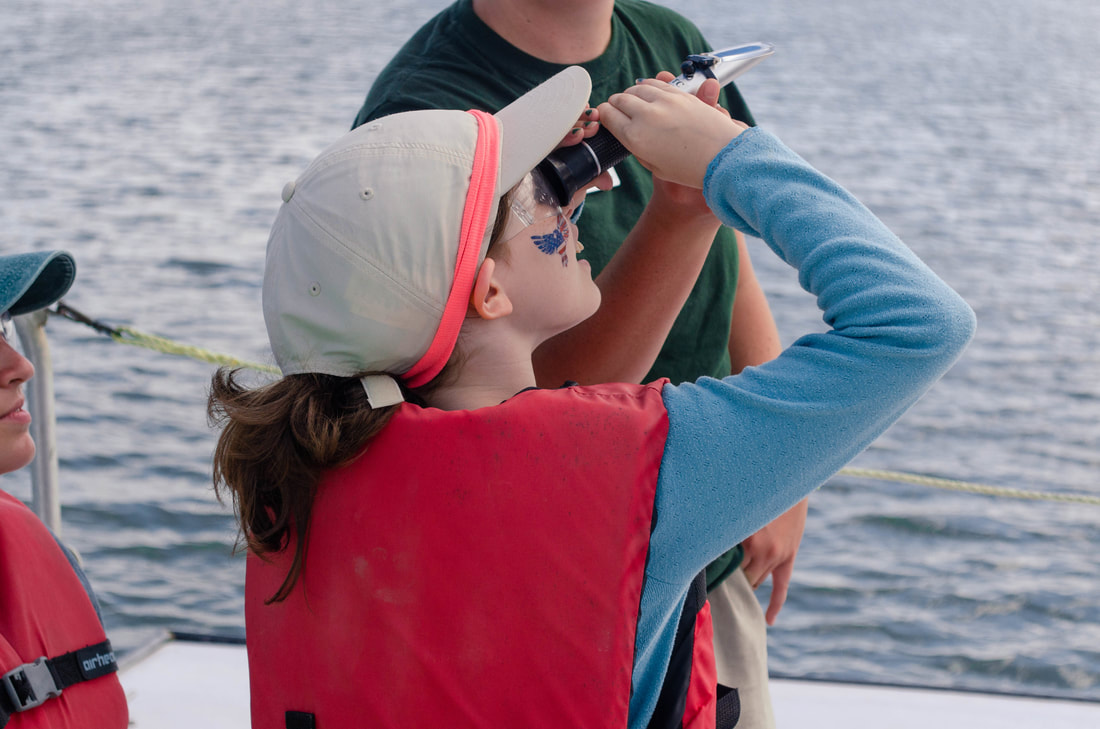
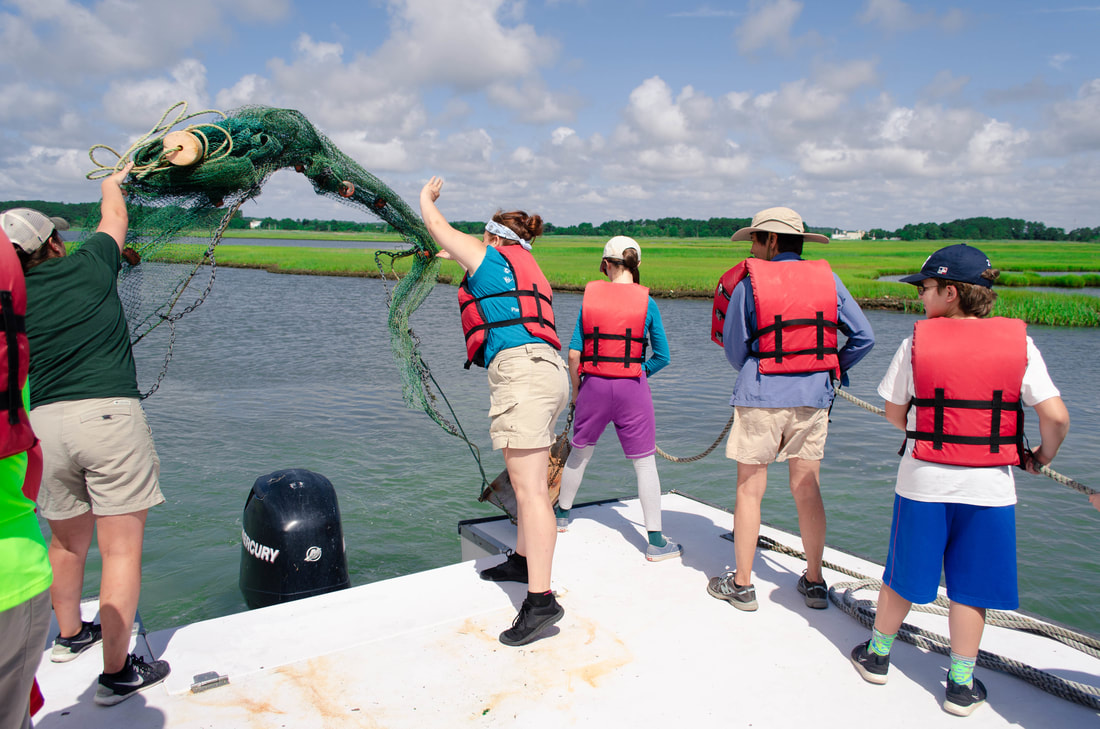
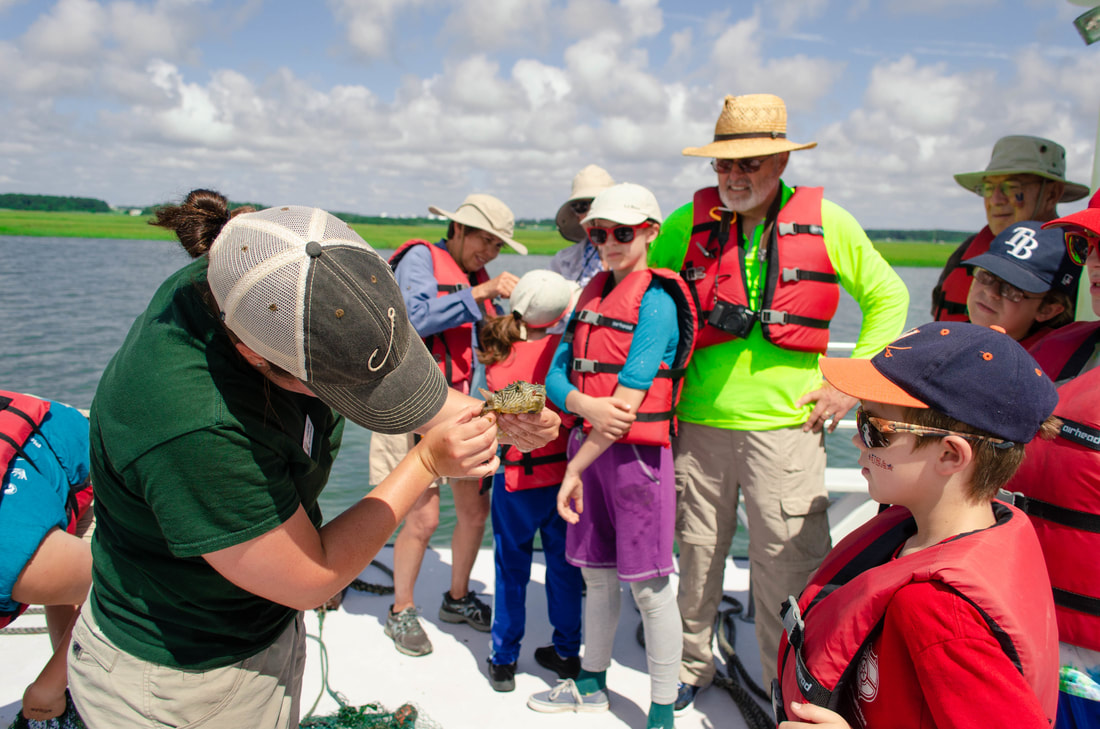
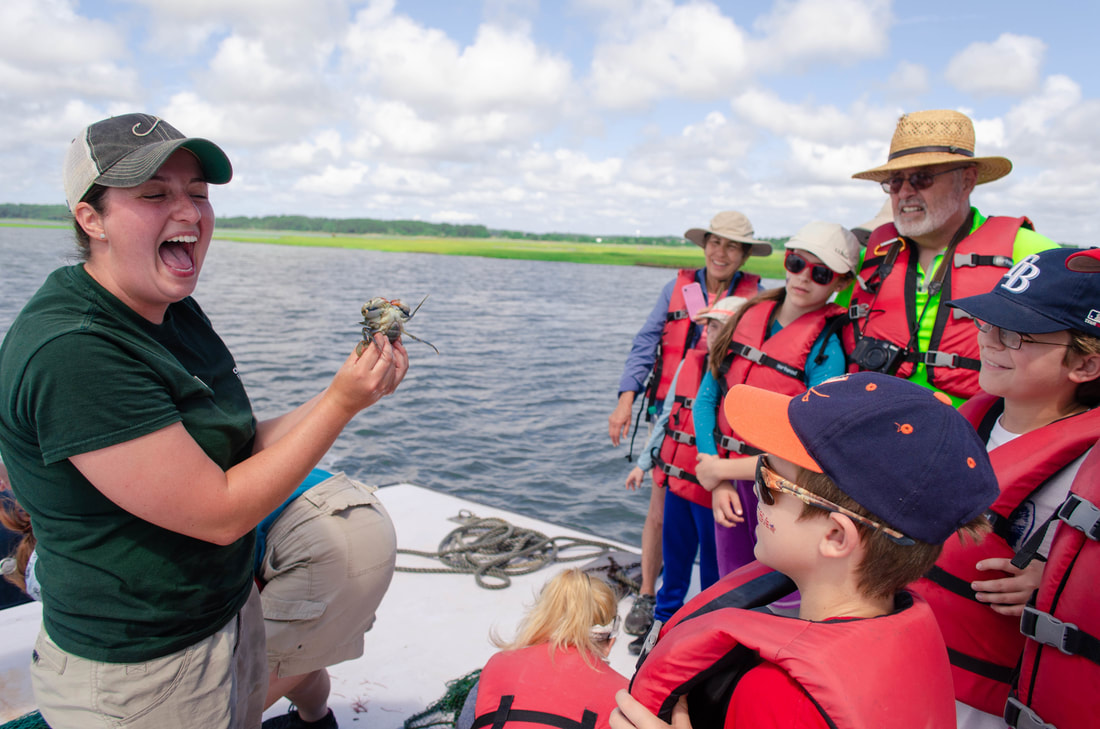
 RSS Feed
RSS Feed

